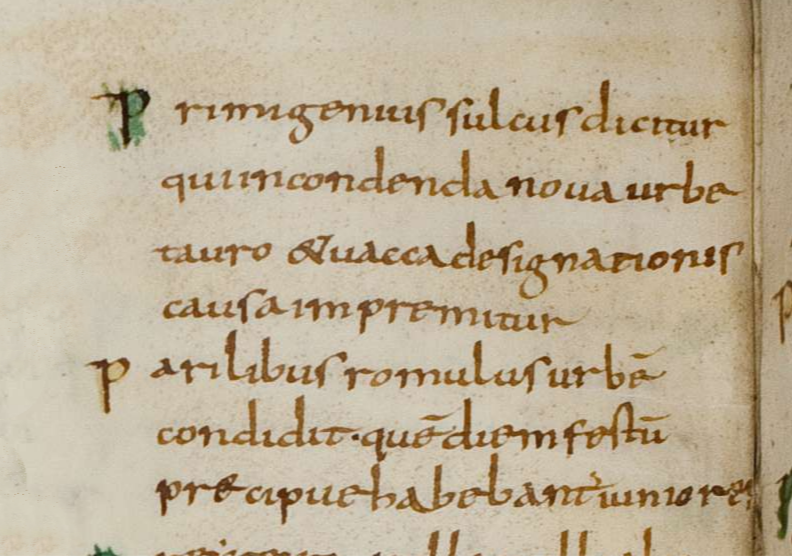A Rare Cistophoric Tetradrachm
- sulla80

- Jul 1, 2022
- 2 min read
Updated: Aug 4, 2024
When Attalus III died in the late spring or early summer of 133 BC, he bequeathed his kingdom to the Romans. This Early Cistophoric Coin (see K&N) from Ephesus include predates the death of Attalus III, and my coin today matches the example on plate XV.8 and XV.9.


The coin I am sharing today appears to be a double die match for coin XV.8, and in better overall condition than both coins. The die matches gives some indication that there may not have been many dies for this coin. This coin "Series 29" shares an obverse die (E41) with Series 30a (XV.10) and 30b (XV.11) of which only 1 example of each are documented in K&N.
Although it is easily overlooked, there is a small coiled serpent on the left edge of the flan on the reverse of this coin, which might be related to a similar design on the right edge of the previous year issue, K&N's "Series 28". These "controls" are shown here side-by side.

K&N write that this control could suggest a common authority at least partially responsible for both issues: "The transfer of the symbol to the left field may signify a subsidiary role during the second term of office. Further speculation is unwise."
The coin

Ionia, Ephesos, struck circa 150-140 BC, AR Cistophoric Tetradrachm (28-30mm, 12.62g, 11h)
Obv: Cista mystica with serpent; all within ivy wreath
Rev: Bow case with serpents; above right and left Dioscuri caps surmounted by stars,
below on the left is EΦE above a coiled serpent.
Ref: Kleiner & Noe Series 29, this coin is a die match for 41-a Plate XV,8. The cast illustrated in Kleiner and Noe came from Herzoglichen Sammlung formerly Gotha, cast collected by L. Strauss and held by ANS.
When Attalus III died in the late spring or early summar of 133 BC, he bequeathed his kingdom to the Romans. Cistophoric coins from Ephesus include :
- Early coins pre-dating Roman control and formation of the province of Asia
- Late: the coins issued after Roman control and dated by the "Era of Freedom"
- Republican cistophori issued by Roman magistrates between 58 and 48 BC
The lines are blurred e.g. roman magistrate C. Atinius Labeo appears on coins in 122/121 BC much earlier than the date when this became common.
Another example of this coin showed up from Shanxi On Numisforum.




Comments